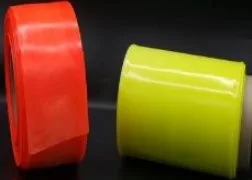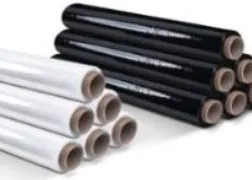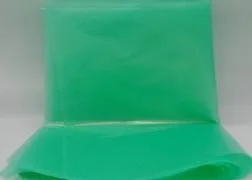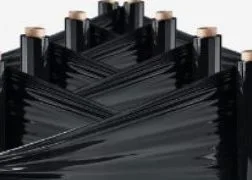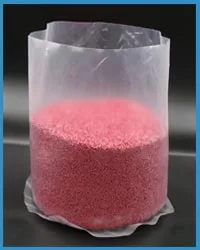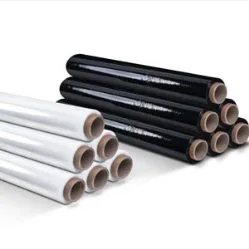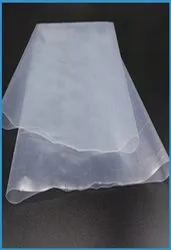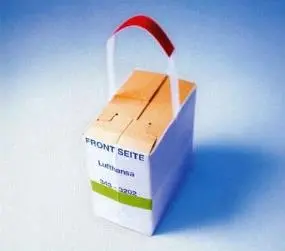The surface resistance of polyethylene (PE) is a measure of how well or poorly a material conducts electrical current. It indicates the resistance along the surface of the material and is usually measured in ohms (Ω). A low surface resistance indicates that the material is a good conductor, while a high resistance indicates that the material is insulating.
Most plastics (Polyethylen) have an electrical surface resistance of >1015 ohms and are therefore electrostatically chargeable. The consequences are: dust attraction and sparking. Antistatic additives can reduce surface resistivity to <1011 to 1010 ohms. A higher proportion of antistatic agents can lower the surface resistance to 108 ohms.
A surface resistance of 105 ohms is achieved through the use of special compounds with a high proportion of carbon black. These foils are always black.
However, surface resistance can be affected by factors such as humidity, temperature, and impurities. In some applications where a specific electrical conductivity is required, special treatments or additives can be used to modify the surface resistance of PE.
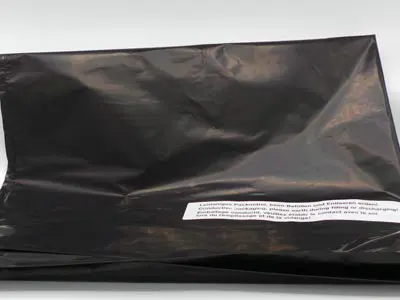
Further information on the subject of antistatic agents can be found here.
Or use our keyword search. Here you can search for any term.



